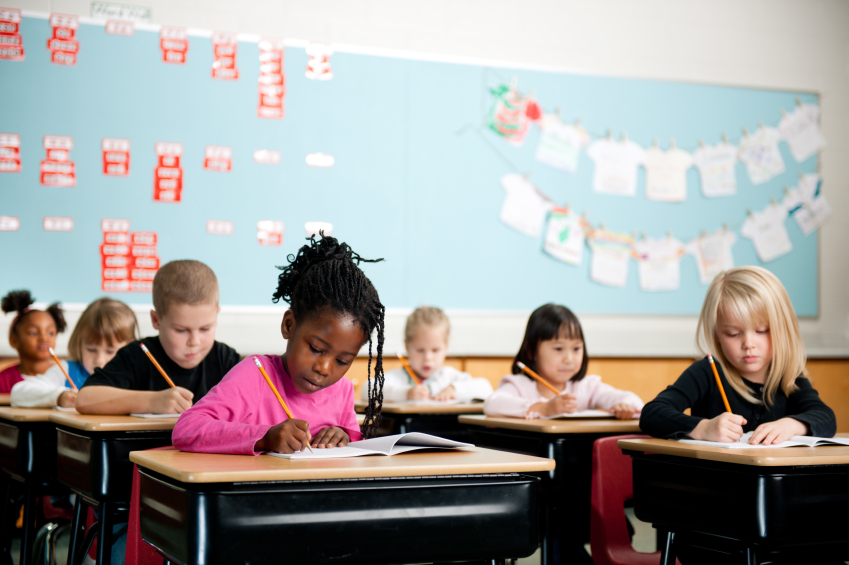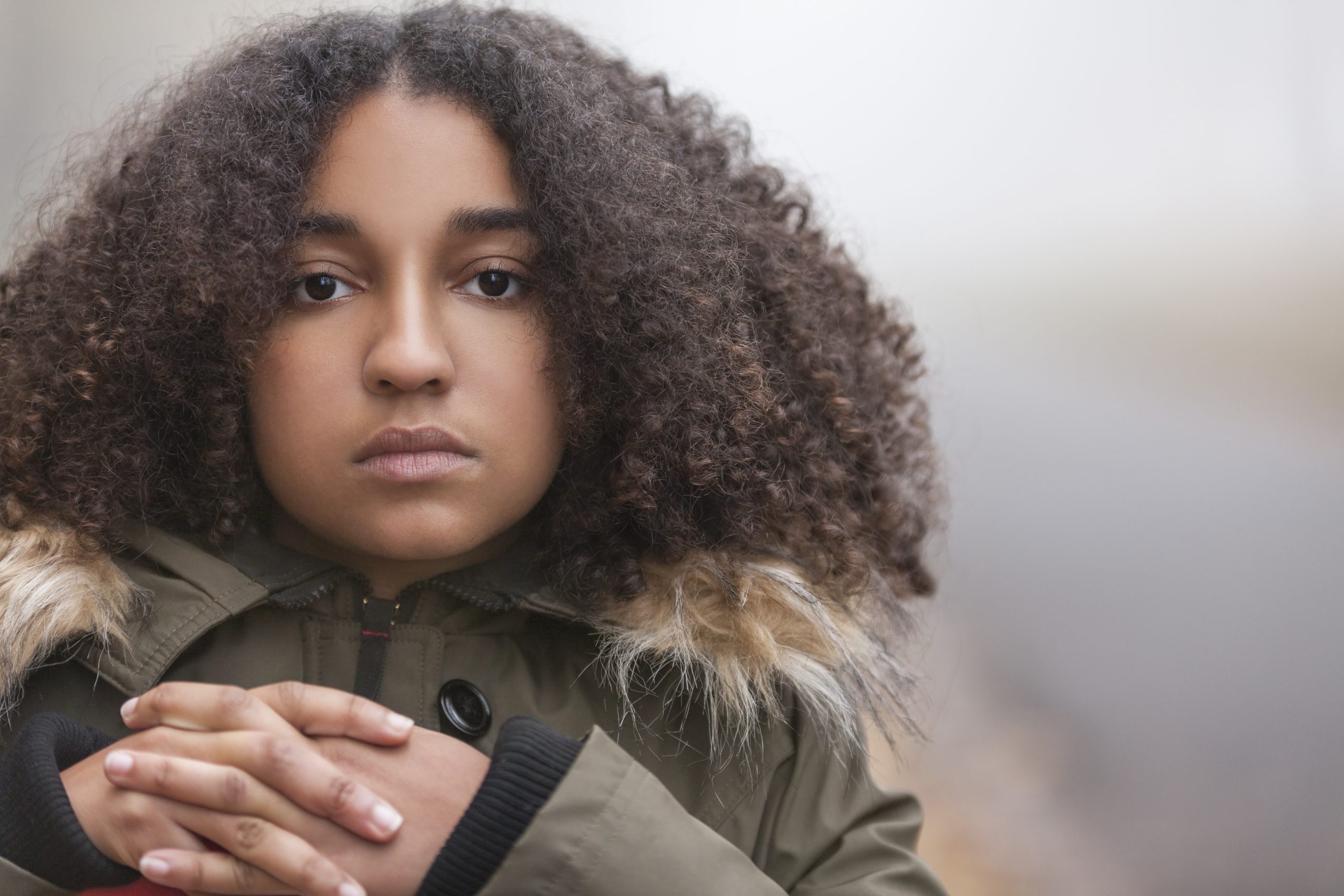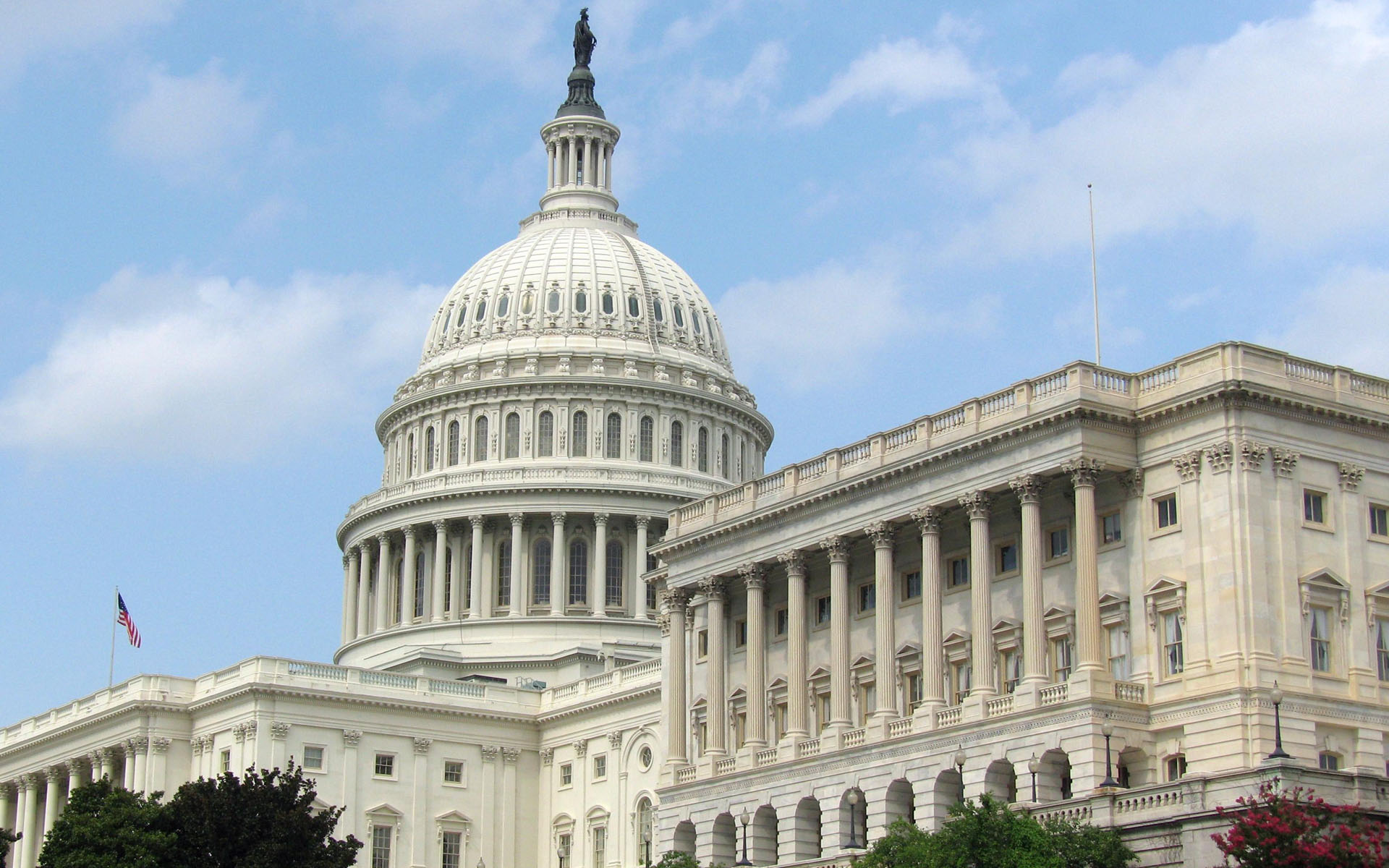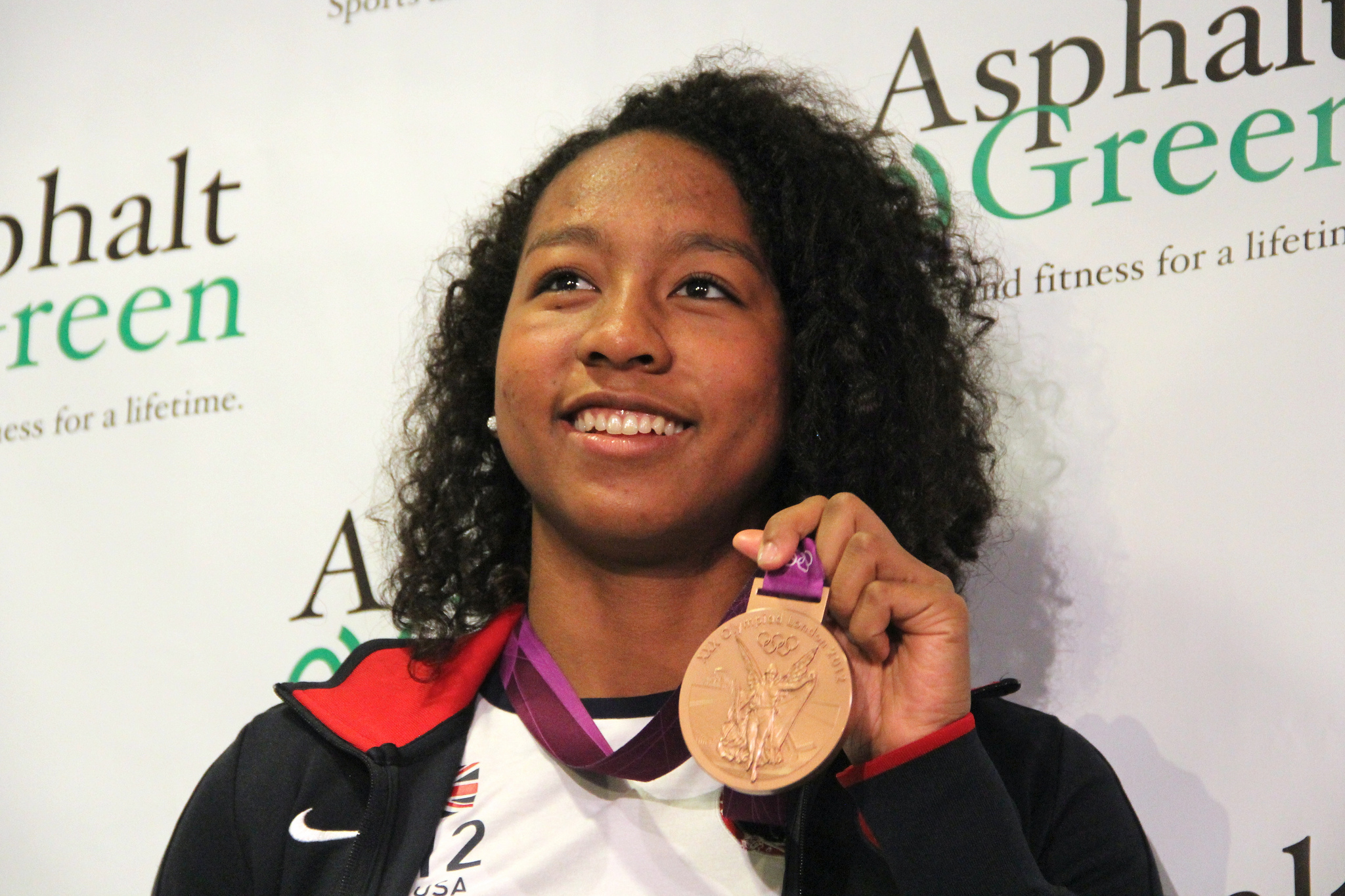Abortion rights, women of color, and LGBTQI+ people are under attack. Pledge to join us in fighting for gender justice.
The Dangers of Implicit Biases in School

Not to brag, but I was a bit of an overachiever growing up. My eager beaverness reached peak levels in seventh grade. That year, I played three sports, made the honor roll both semesters while taking honors Math and English, and was one of five students on the math academic decathlon team. Yes, I was a mathlete. So when the time came to apply to my middle school’s chapter of the National Junior Honor Society the next year, I thought I was a shoo-in. Imagine my dismay, when I didn’t make the cut. Confused, I asked what happened. I found out that while my grades and extracurricular activities were impressive, I received some poor teacher recommendations—one stood out in particular. “She can be lazy.”
The comment was anonymous, but I knew exactly from whom it came. I knew because my honors math teacher would often speechify about how “laaayy-zeee” the kids in her regular and remedial math classes were. How we gifted and talented students weren’t afraid to think critically or spend more time on homework. I was the only Black girl in my honors math class. And I immediately connected that to the fact that most students in regular and remedial math were also Black. I knew her impression of me was wrong, and I started to think she might also be wrong about my schoolmates. I wouldn’t find a term for this until almost two decades later, as I listened to a panel of youth advocates and policy experts share their experiences with “implicit bias.”
Stereotyped & Rendered Invisible
Implicit biases are attitudes and stereotypes that affect our views at an unconscious level. They are different from explicit biases because many times we don’t even realize we hold these attitudes. Nonetheless, implicit racial and gender biases can be harmful and contribute to educational barriers for many girls of color, including unfair discipline, overlooking signs of trauma, and underestimating a student’s potential. For example, one high school junior at a listening session on the needs of young women of color in New York hosted by NWLC and Girls for Gender Equity talked about how the first interaction she had with the dean of students resulted in a one-day suspension for wearing a cardigan over her uniform on a cold day.
that affect our views at an unconscious level. They are different from explicit biases because many times we don’t even realize we hold these attitudes. Nonetheless, implicit racial and gender biases can be harmful and contribute to educational barriers for many girls of color, including unfair discipline, overlooking signs of trauma, and underestimating a student’s potential. For example, one high school junior at a listening session on the needs of young women of color in New York hosted by NWLC and Girls for Gender Equity talked about how the first interaction she had with the dean of students resulted in a one-day suspension for wearing a cardigan over her uniform on a cold day.
“I’m the type of person who would have taken off my sweater if I were asked to or told I could be suspended for it,” she said. “Now, this is on my record and I’m worried how colleges will look at me. I’m afraid schools I apply to will look at this information and assume I’m the ‘typical defiant Black girl.’”
Two panelists also shared exhibiting signs of depression and anxiety in high school—only to have administrators default to racial stereotypes to explain away the need for mental health counseling. One panelist, who is Asian American and was dealing with trauma from sexual abuse she suffered as a child, recounted how her friends found a suicide note she had written and told administrators at her high school.
“My counselor assumed I was overworked at school,” she said. “The model minority stereotype was at play.”
In contrast, an African American girl with bipolar II disorder talked about how school administrators regularly dismiss her feelings of anxiety. As her English teacher reportedly told her, “Everybody has anxiety.”
Implicit biases are harmful not only because they prevent administrators from addressing the underlying issue, but also because they erase the individual by lumping her or him into a stereotype. And studies show that being aware of and internalizing stereotypes can damage one’s self-esteem, which can impede academic achievement.
Making the Implicit Explicit
One solution to combat implicit biases is training teachers, principals and other school staff to recognize their implicit biases. In other words, making the implicit explicit in their minds. After all, the first step to addressing a problem is recognizing that a problem exists. Once school leaders realize their actions may be informed by implicit biases, they’ll hopefully work to fight those biases and implement policies to ensure that all students, regardless of race or gender, have access to equal educational opportunities.





